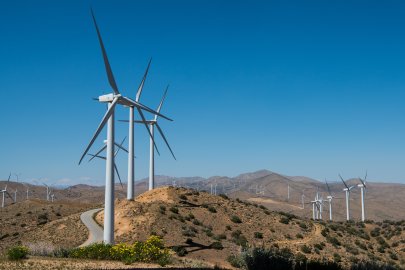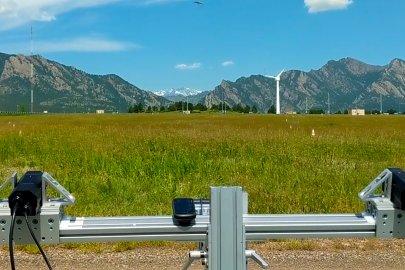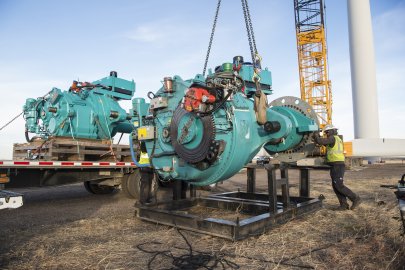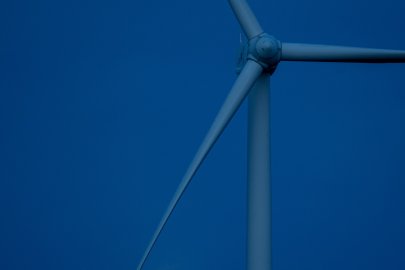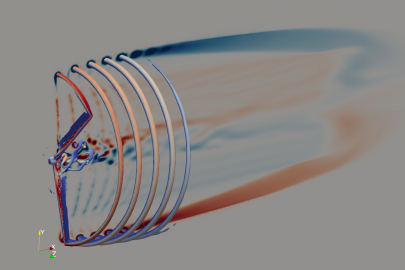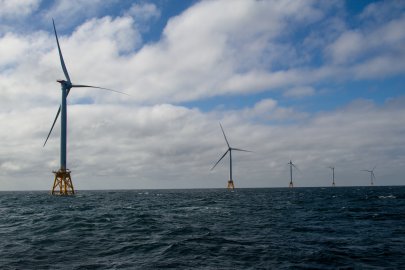New open-source tool helps stakeholders assess U.S. offshore wind power plant balance-of-system costs.
Wind Energy Technologies Office
October 13, 2020New open-source tool helps stakeholders assess U.S. offshore wind power plant balance-of-system costs
Over the past 5 years, offshore wind energy has developed into a robust industry characterized by rapidly evolving technologies and decreasing costs. This presents a challenge for modeling project costs, which is important for stakeholders seeking to understand the market trajectory of offshore wind in the United States.
Offshore wind stakeholders need a third-party, balanced, and up-to-date modeling approach to help them understand project costs, evaluate the potential impact of technological and process innovations, and manage uncertainty and risk.
A new open-source modeling tool from the National Renewable Energy Laboratory (NREL) can meet these needs. The Offshore Renewables Balance-of-system and Installation Tool (ORBIT), available now on GitHub, can be used to evaluate how major balance-of-system (BOS) costs vary as project characteristics, technology solutions, and installation methodologies change. More comprehensive than previous models, ORBIT’s industry-reviewed methodology provides balanced estimates of the cost impacts of project size, turbine scaling, site characteristics, and a wide range of current and future technology alternatives that will be part of the emerging U.S. offshore wind industry.
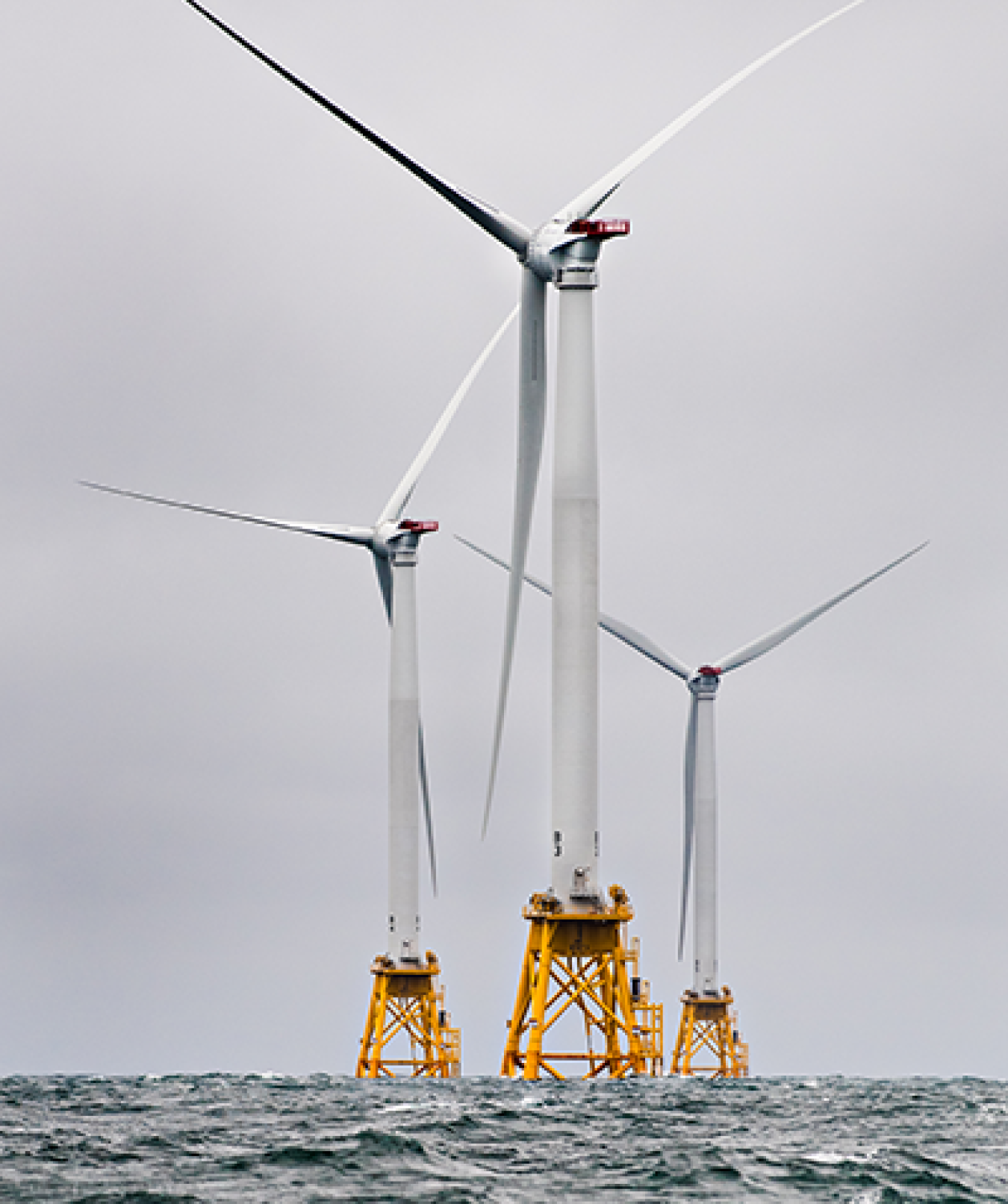
NREL’s new ORBIT modeling tool can help offshore wind industry stakeholders report and estimate balance-of-system costs for U.S. offshore wind projects. Photo by Dennis Schroeder, NREL
“In order to identify cost-reduction opportunities, it’s critical to understand how offshore wind costs are affected by novel technologies, industry growth, larger turbines, innovative installation processes, and operational constraints,” said NREL Offshore Wind Lead Walt Musial. “ORBIT is one of several techno-economic tools NREL has created to help researchers and developers of wind power plants—both on land and offshore—understand project costs ahead of time.”
BOS costs—which encompass all expenses required to construct a project other than the capital expenditures of the turbine—contribute around 40% of the lifecycle costs for a fixed-bottom offshore wind project. ORBIT can report and estimate costs for individual wind projects and can be used to assess how the capital costs of offshore wind will change at different locations or over time. The process-based, bottom-up cost model and simulation tool is valid for both fixed-bottom and floating projects and can model many different aspects of an offshore wind project, from component design through installation. ORBIT will be regularly updated with cost data and feedback from industry reviewers to maintain a state-of-the-art open-source model that can be used at any time by the offshore wind industry.
In addition to evaluating capital costs, ORBIT can capture installation times, weather impacts, marine mammal migrations, and other factors to generate a comprehensive view of project uncertainty and risk. By interfacing with NREL’s system design tools, such as the Wind-Plant Integrated System Design & Engineering Model (WISDEM®) and FLOw Redirection and Induction in Steady State (FLORIS), ORBIT can contribute to integrated and optimized offshore wind power plant design. As an open-source model, ORBIT is a standardized, freely available tool that any stakeholder can use to evaluate novel scenarios against a baseline.
“ORBIT can answer questions like: How will individual component and overall system costs change as turbine ratings grow beyond current sizes? How do bottlenecks in at-port assembly impact installation times for floating turbines? Can a project benefit from foundations that may have a higher capital cost but do not require a wind turbine installation vessel?” said NREL Offshore Wind Engineer Matt Shields, who led ORBIT’s development.
These questions all lead back to ORBIT’s primary goal, which is to evaluate the BOS cost impact of technology and process innovations on the offshore wind industry. ORBIT is currently being used for a U.S. Department of Energy (DOE)-sponsored study on the sensitivity of BOS costs to turbine and plant upsizing (journal manuscript currently in preparation), an industry collaboration to evaluate the cost impact of novel concrete foundations and innovative installation methods, and a project providing technical assistance and cost modeling to BOEM to help with commercializing offshore wind in California. A similar model is being developed to assess operation and maintenance costs and the impact of different operational strategies on project performance, availability, and reliability; this model is expected to be publicly available early in 2021.
An August 2020 report details the functionality, background theory, and performance of ORBIT, which was developed with funding from DOE’s Wind Energy Technologies Office.
Explore previous editions of the Wind R&D Newsletter or browse articles by topic:


